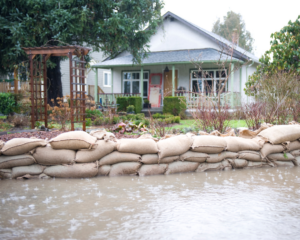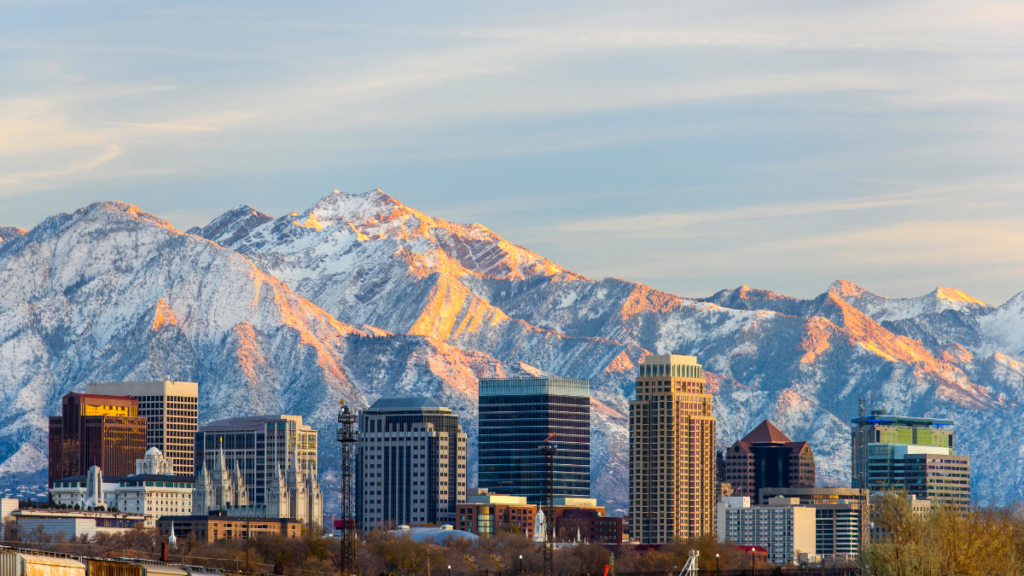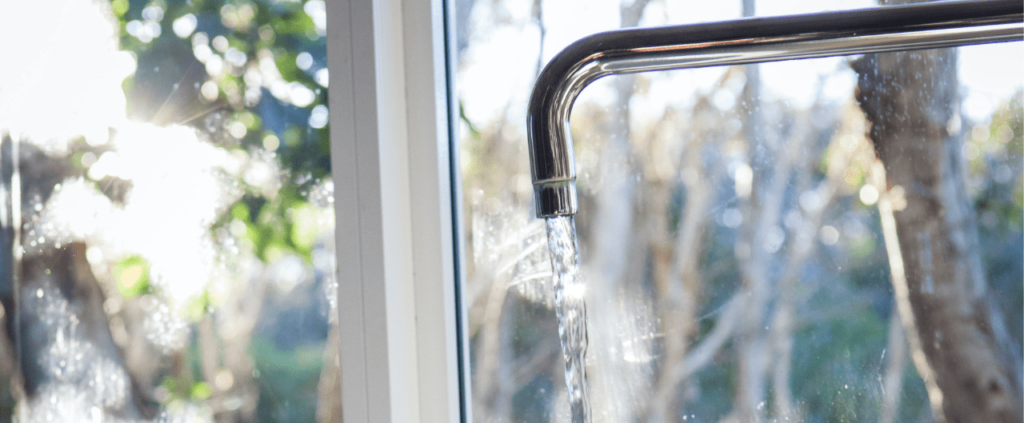Utah County and Salt Lake County residents are no strangers to heavy snowfall during the winter months. With the mountains surrounding the counties, heavy snowfall is common, creating picturesque landscapes. But as the temperature rises, that snow turns into water, and with record-breaking snowfall this year, we can expect unprecedented flooding. As a homeowner, it’s crucial to take steps to prevent your property from flooding when the snow melts. In this blog post, we’ll discuss how you can protect your home and property from flooding and ensure that you’re prepared for any eventuality.
Why is Snow Melt Flooding a Concern in Utah County and Salt Lake County?
We know you love the snow as much as we do, but when that snow melts, we need to be prepared. Utah County and Salt Lake County are surrounded by mountains that accumulate massive amounts of snow during the winter months. As the temperature rises, that snow turns into water, causing significant flooding. The high water levels can cause streams, rivers, and lakes to overflow their banks, leading to even more flooding. We don’t want your home to be affected, so let’s talk about how you can prevent it.
Preventing Snow Melt Flooding
Preventing flooding due to snow melt requires careful planning and preparation. But don’t worry, it’s not as hard as it sounds. Here are some tips to help you protect your home and property from flooding:
-
Check Your Landscaping
Before the snow melts, check your landscaping to ensure the ground slopes away from your home. Take a walk around the perimeter of your home and look for areas where the ground is sloping towards your home, such as near the foundation, and consider regrading those areas so that the ground slopes away from your home. This can help direct water away from your home and prevent it from seeping into your basement or crawlspace.

-
Check Your Sump Pump
A sump pump is a device that helps remove water that has accumulated in a sump basin, typically located in a basement or crawlspace. When the snow melts, water can seep into your home, but a sump pump will automatically pump the water out and away from your home, preventing costly damage to your home’s foundation, walls, and floors.
If you don’t already have a sump pump, it’s a good idea to have one installed before the snow melts. A licensed plumber can help you choose the right sump pump for your home and ensure that it’s installed correctly, giving you peace of mind knowing that your home is protected from potential flooding due to snow melt.
-
Use Sandbags to Prevent Flooding
Sandbags can be an effective way to prevent flooding in areas around your home. They can be particularly useful for homes located near bodies of water, such as rivers and streams, that may overflow during the snow melt.
When using sandbags, it’s important to place them in the right areas to ensure maximum effectiveness. Start by placing them around the perimeter of your home, particularly in areas where water is most likely to enter, such as around doors and window wells. You can also place them in low-lying areas where water is likely to accumulate, such as at the bottom of a slope or in a low-lying yard.
Cities all across Utah county and Salt Lake county are offering for people to get and fill sandbags to take home for free. Details on hours and how many bags are available to each person can found on Salt Lake County’s website or on other city and county websites.

-
Check Your Foundation for Structural Damage
Inspect your home’s foundation for any structural damage, such as cracks or gaps. Water can seep in through these openings and cause flooding in your basement or crawl space. If you notice any cracks, fill them with epoxy or caulk to prevent water from entering. You may also want to consider hiring a professional to inspect your foundation for any damage or weaknesses that may need to be addressed.
Checking your foundation for structural damage is especially important if your home is built on a slope. Water flows downhill, and if your foundation is damaged, the water can easily find its way into your home. So, let’s make sure your foundation is strong and secure to prevent any flooding due to snow melt.
-
Know Your Insurance Policy and Have Your Insurer’s Details on Hand
Make sure you know what your insurance policy covers and have your insurer’s details on hand in case of flooding. Review your policy before the snow melts and keep your insurer’s phone number and email address easily accessible, such as on your phone or in a secure cloud-based storage service.
In the event of flooding, contact your insurer as soon as possible to report the damage and start the claims process. Having your insurance policy and insurer’s details on hand can make the process a little bit easier.
Complete Restoration: Your Partner in Flood Restoration
We know you’re doing your best to prevent flooding, but sometimes it’s just out of our control. If your home or property is affected by flooding, trust Complete Restoration to restore your home back to its original state. We’re here for you 24/7 and have years of experience in flood restoration. We offer a range of services, including water extraction, drying, and mold remediation. We’ll work quickly to mitigate the damage and restore your property to its pre-flood condition. Plus, we’ll be there for moral support because we know it’s tough dealing with flood damage.




